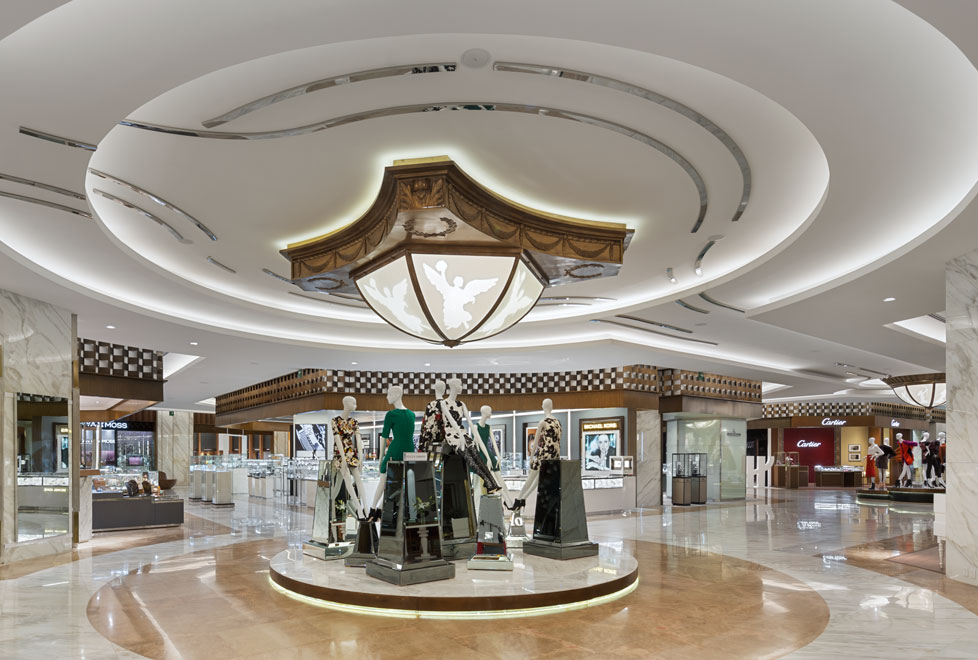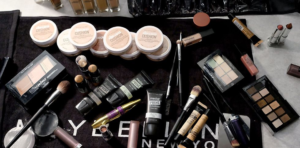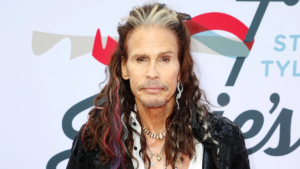Explore the thriving luxury market and its projected growth, even amid a global economic slowdown. Learn about the factors contributing to this growth, including shifting consumer trends and market regions driving the luxury industry forward.
In 2022, the luxury sector achieved record-breaking growth, with sales surpassing 345 billion euros, according to the Spring Luxury Monitor report by Bain & Company in collaboration with Altagamma. Europe emerged as the region with the highest percentage of sales in the luxury market.
For the current year, the outlook remains optimistic, with projections indicating sales ranging from 360 billion to 380 billion euros by the end of 2023. However, the report outlines two growth scenarios for the industry in the latter part of the year:
1. Anticipates robust growth in 2023, driven by China’s recovery and sustained growth in Europe and the Americas, albeit stabilizing. Sales of personal luxury goods are expected to grow by 9% to 12% compared to 2022.
2. Envisages a globally slowed growth rate in mature markets, potentially impacting luxury customer spending, along with a slower recovery in China. In this scenario, sales growth in the market is expected to range from 5% to 8% compared to 2022.
Catalina Fajardo, Partner at Bain & Company, noted that “the luxury sector is entering a new phase following its post-pandemic growth, with renewed resilience drivers establishing winners and losers.”
Both scenarios are encouraging, showcasing the sustained growth of the global luxury sector despite the challenging global economic landscape as it continues to recover from the COVID-19 pandemic. It is anticipated that this growth will persist, reaching 570 billion euros by 2030, signifying a 100% increase in sales compared to 2020, as indicated by Bain & Company’s survey.
The report highlights distinct dynamics across regions:
Despite American consumers’ significant spending power estimated at 900 billion dollars, luxury purchases have declined due to inflation and post-COVID economic uncertainty. Rising prices have led luxury consumers to shift their purchases to Europe and other parts of the world to secure more affordable prices. Buyers are now focusing on value-driven items while still prioritizing exclusivity.
Expected to be the driving force behind the luxury industry, Europe has maintained steady growth like that seen in 2022. The return of Asian tourists in the second half of the year is anticipated to further boost the European economy and luxury purchases, as Asian tourists play a pivotal role in stimulating the European luxury market.
The luxury market in Asia is forecasted to return to pre-pandemic levels. Destinations like Hong Kong are preparing to welcome thousands of tourists from China and Southeast Asian countries, known for purchasing jewelry and watches, contributing around 12 billion euros to the market.
While the luxury sector boasts substantial income, companies must reinvest a portion of their profits in initiatives that mitigate the environmental and social consequences of luxury item production. Brands are expected to incorporate ESG (Environmental, Social, and Governance) strategies into their operations, adapt to emerging artificial intelligence trends, and uphold their best products and services to sustain long-term growth. Catalina Fajardo emphasized, “Brands will need to find ways to implement ASG strategies within their operations, adapt to trends dictated by artificial intelligence, and defend and maintain their top products and services to sustain long-term growth, doing well in the fundamentals of business.”







